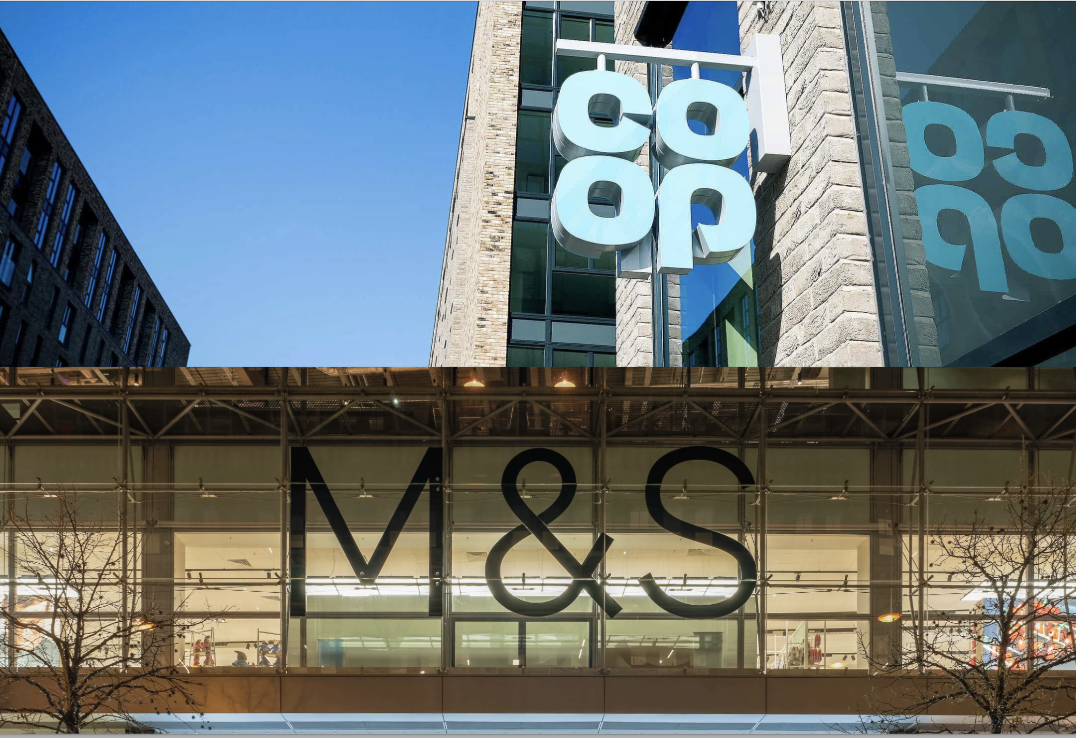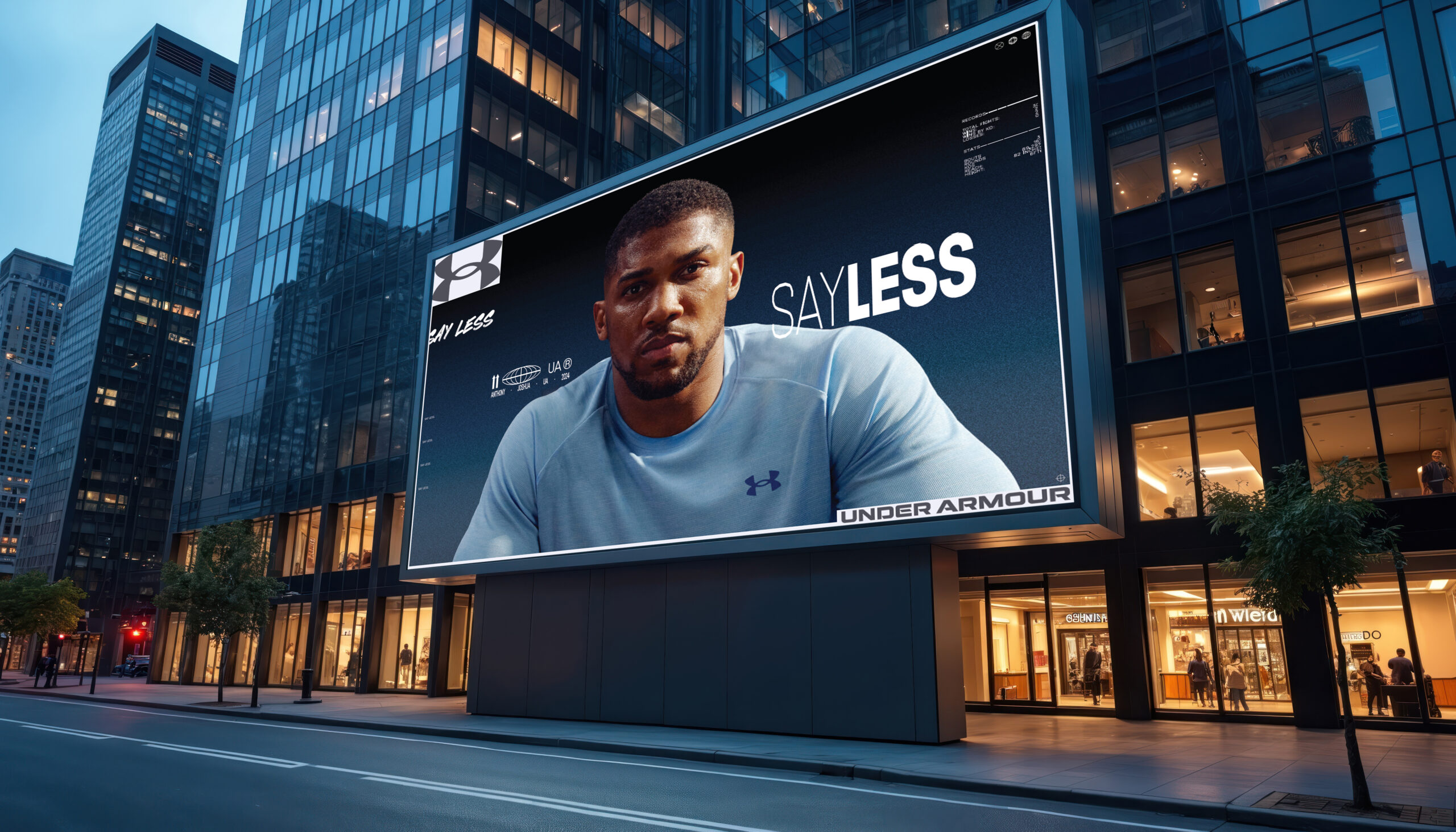This week’s Internet Retailing Expo (IRX16) in Birmingham has become a personal affair. Driven by the rise of mobile as the consumers’ channel of choice for engaging with retail – not necessarily buying, but researching, being marketed to and generally ‘touching’ retailers – the talk of the show, for me at least, has centred around personalisation.
At every turn I was greeted by the P word: from email marketing start ups, to data analytics companies, to platform vendors and even retailers themselves. The watchword in e-commerce right now is personalisation.
The rapid continued stellar growth of e-commerce has levelled the playing field for all retailers. This is great for consumers, but has meant that, in the words of Monetate’s Max Child’s ‘The internet has rendered traditional key differentiators such as price, selection and availability irrelevant.”
Customer experience is all that is left and that requires knowing your customers and reacting to their needs the cornerstone of e-commerce.
Now what do we mean by personalisation? In marketing Nirvana, personalisation is knowing each of your customers and prospects on a one to one basis and delivering to them the content and marketing and products that they want at exactly the moment that they want them.
Bricks and mortar stores have the ability to create an ambiance and to offer great personal customer service (they also have the ability in many cases to offer massive queues, unhelpful staff and low levels of stock). Getting the best of bricks and mortar online and the best of online into stores is what personalisation in omni-channel retail means.
In reality – well today at least – personalisation is seen as a must have by all retailers but something that they have almost no idea how to deliver.
The starting point is of course data. All retailers have vast amounts of data at their fingertips, even about new customers: collecting this data, storing it and then finding the right ways in which to use it is the challenge.
But first what you do know: with every customer, even ones you have never met, you know their device and their location. You also know where they have come from: Google, an ad, affiliates or elsewhere. If you measure the right things you can also rapidly know what they are looking for, looking at and where they go.
With existing returning customers you know whatever you have gleaned from all their previous visits plus whatever information you have got from them when you signed them up.
The trick to personalisation is how to use this data. Traditional data analysis is predicated on deciding what to measure first then measuring it. Today’s dynamic digital retailing world is too fast and furious for that – and personalisation by its very nature needs far more agility.
Instead we are seeing a whole new breed of data companies such as Content Square offering SaaS solutions that allow for across the board data collection and analysis that can be done instantly, with the data able to be sliced and diced every which way.
With tools such as this you can start to see how small groups and even individuals operate and what factors affect what they do.
What this leads to is a staggering insight into your customers – it also leads to so much data and so much insight that knowing how to act on it is problematic. The upshot of this has been to look at how to automate its use, with marketing being the first port of call.
Automated personalised marketing is another key trend that spins off from the personalisation play and again a new breed of companies are moving in here with retail-specific solutions such as Newsletters2Go.
Automating some of the processes around actually implementing the personalisation move is how this is going to work in real life. But it requires some hefty will from within organisations.
Eurostar is a prime example of this. It has, in under a year, gone from zero to advanced personalisation in something of a business revolution. Key to this has been understanding what returning customers do and want and how to persuade new customers to book a train rather than a plane.
Key too for Eurostar has been to fail. It has tried all manner of things to personalise its website based on location and whether users are new or not and some have failed. But this has led to tweaks and rethinks and it has, eventually, delivered results: 3.7% uplift in conversions and 6.2% uplift in new visitors booking.
And it is working elsewhere for those that have adopted it. JD Williams has seen an 18% uplift in conversions by adopting this approach. Missguided has added an additional £4million to its bottom line. Making it personal will deliver exceptional experience and experience will deliver more sales and an ROI that even your FD will salute.
So now is the time to get personal.








